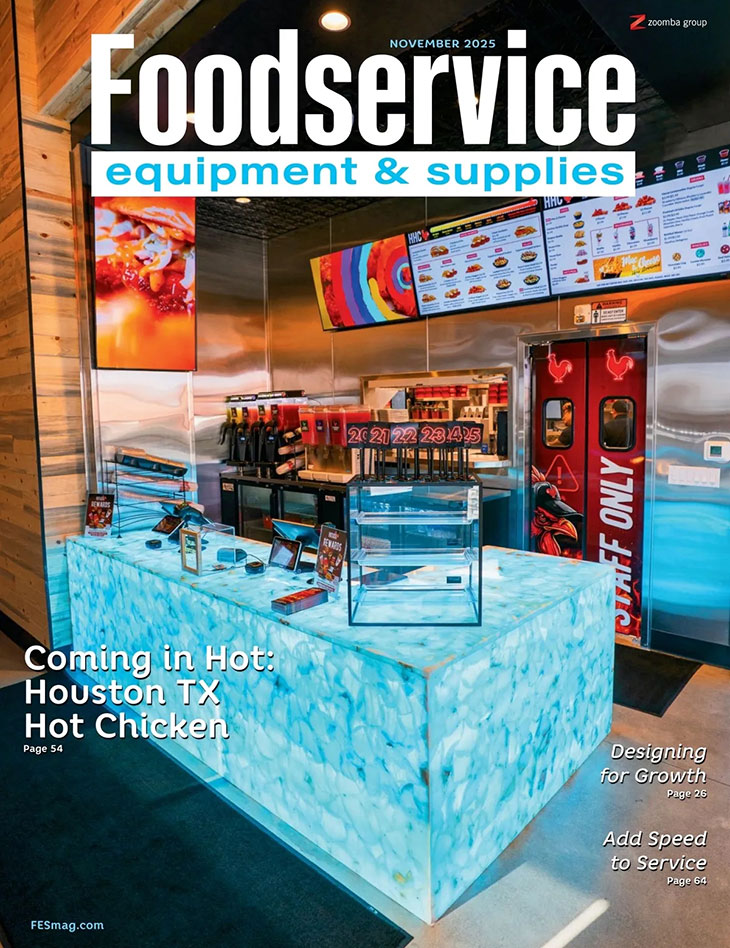When FE&S is at its best, the magazine gives operators, consultants, dealers, service agents and reps a forum to discuss some of the most pressing issues the industry faces. FE&S is doing just that this month, but with a twist with top-level analysis in our first state of the industry issue.
When I was in high school a McDonald’s Big Mac was among my favorite fast-food meals.
My first introduction to pizza was in my mother’s kitchen.
Regardless of whether you find it shocking, the concept of the all-electric commercial kitchen continues to gain amperage in all corners of the foodservice industry. And this topic will only increase its voltage in the coming months and years.
With the cost of dining out rising roughly 30% over the past five years or so according to a variety of sources, consumers are feeling the pinch. This has forced operators to dig deep into their toolboxes to generate customer traffic.
Here are three random thoughts and observations.
One aspect of the foodservice industry that makes it so interesting is the fact that the palate and preferences of its ultimate customer, the consumer, continue to evolve.
In business it’s pretty common to toss around buzzwords when trying to make a point. Yet sometimes we hear the words so often it becomes easy to forget what they actually mean.
While prepping for a panel discussion we would participate in together earlier this year, Kory Samuels, associate vice president of auxiliary services for the Rochester Institute of Technology, said something that really stuck with me. RIT is a self-operated collegiate foodservice operation, one that supports more than 20 venues across its main campus, Samuels said.
Most companies have a vision, but executing to meet that vision is often easier said than done. For a good example of how to develop a corporate vision and execute to it, look no further than Singer Equipment Company. It’s been 10 years since we last profiled the FE&S 2023 Dealer of the Year and so much has changed.
If there’s one word that’s getting used more and more in today’s foodservice industry, it’s hospitality.
The term innovation gets tossed around the foodservice industry.
Last month, golf fans around the world found themselves glued to their television screens or personal devices, soaking up the majestic beauty of the Masters Tournament, which takes place in Augusta, Ga.
Ever since meeting Rosie the Robot on The Jetsons back in the fall of 1962, Americans have been wondering when robots will become a dominant feature in restaurants. Perhaps that time has finally come.
It’s been four years since the last NAFEM Show and a lot has changed in the foodservice industry.
Fewer words in the English language can be more intoxicating than the word “potential.” That’s because when talking about the potential of something, the only limits on its success seem to be the limits of one’s imagination.
Meet the new boss, Same as the old boss.
The term sustainability is far from new. All the way back in 1987, a United Nations commission defined sustainability as “meeting the needs of the present without compromising the ability of future generations to meet their own needs.” That’s heady stuff, and yet most of us would agree that it’s pretty important, too.
If we learned anything the past few years, it’s that seminal events like a global pandemic will not uniformly impact a business segment. Instead, the results will often be uneven and vary by geography, business type and various other factors. And nowhere is this more evident than within the foodservice industry.





